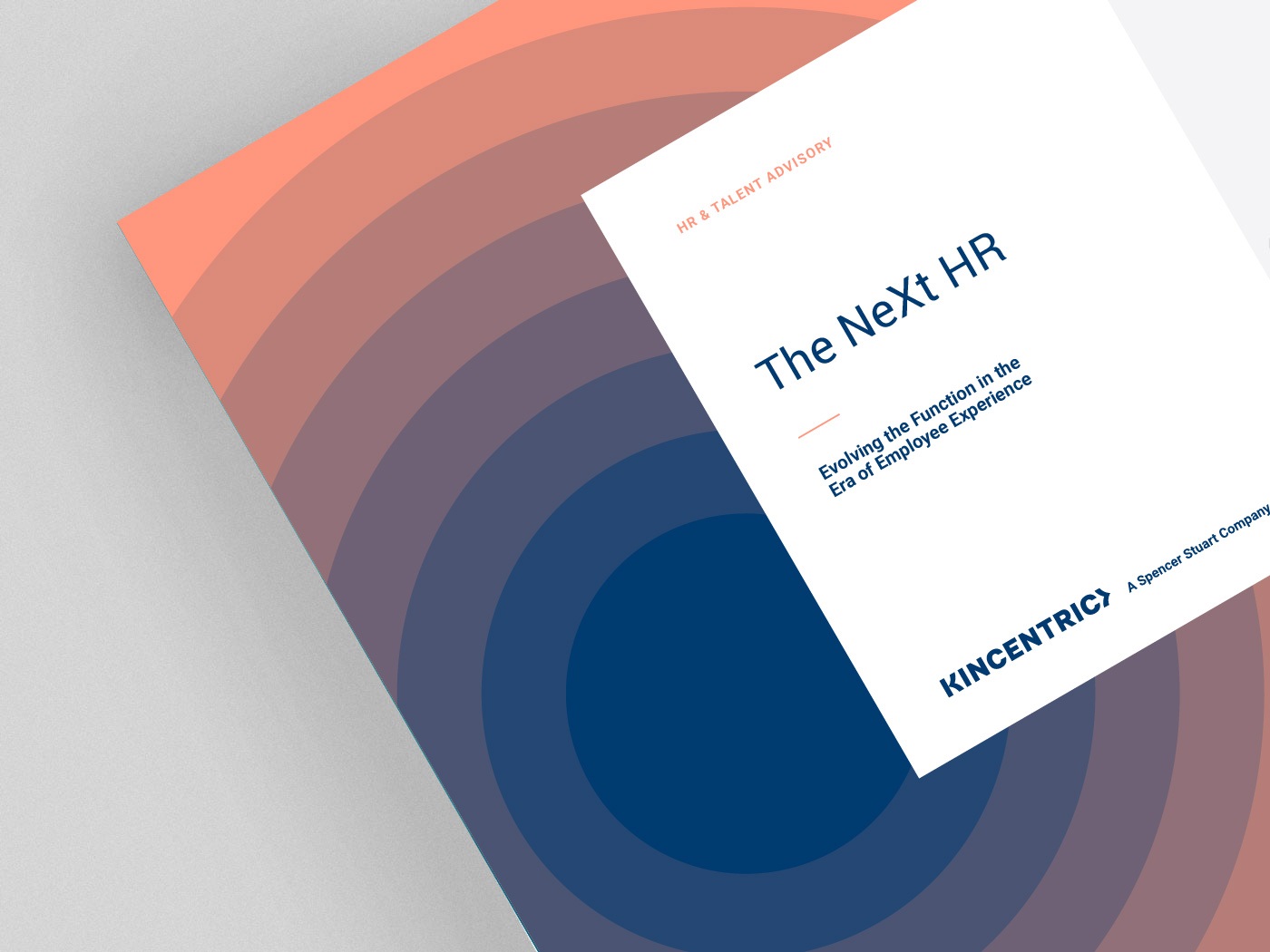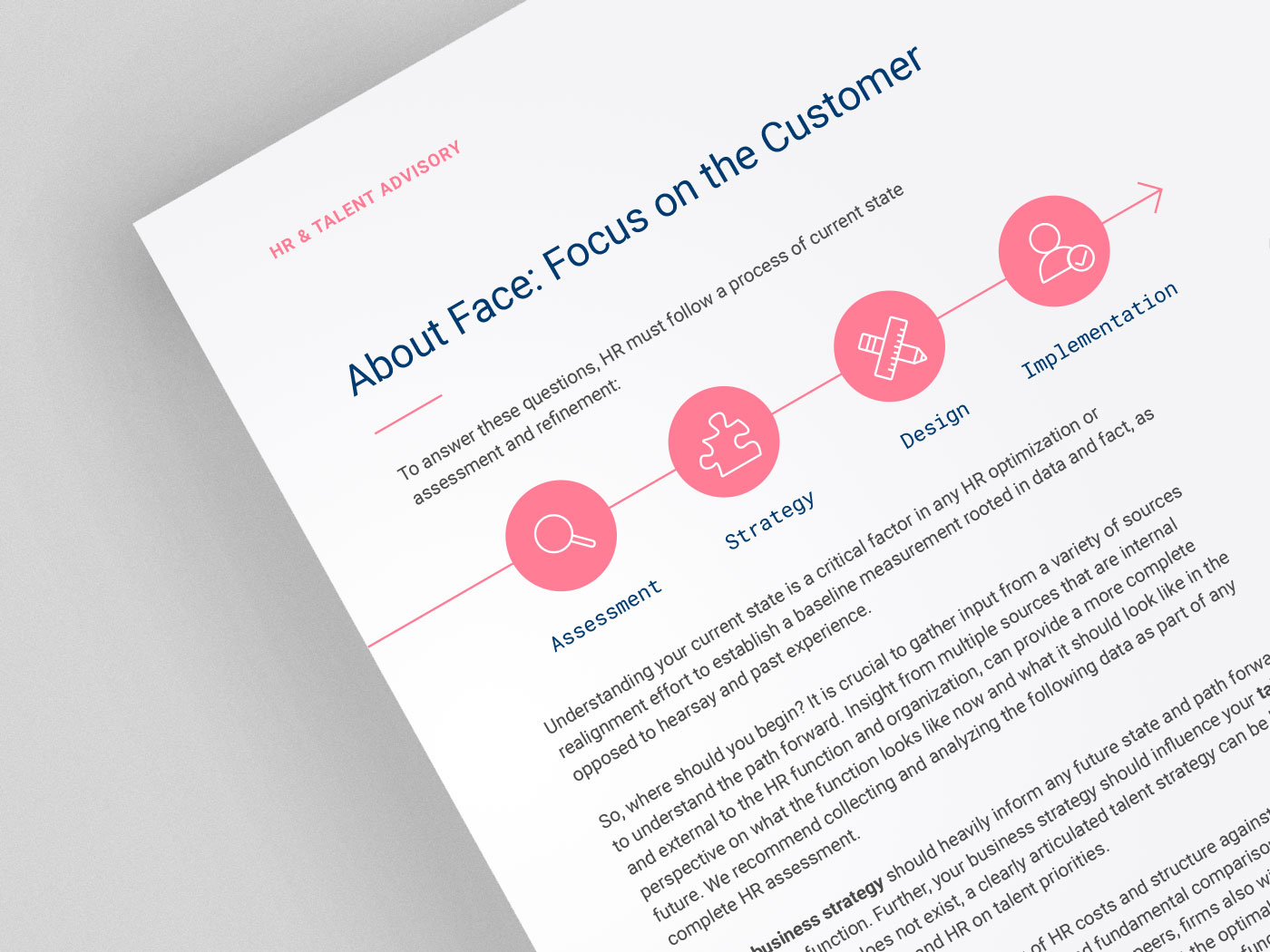
It is an exciting time in the HR community, as members no longer need to push to get a seat at the table and are considered significant drivers of change and value. However, we must recognize that where the HR function stands today is, in many cases, the result of multiple years of cost-cutting initiatives.
After already achieving a lean state of operation, it is not uncommon to find that HR size and cost has been reduced even further. Yet, just when organizations have tirelessly worked to minimize costs as much as possible, executives have become even more aware of the importance of HR within firms, where talent is a crucial asset. As a result, firms are consistently asking HR to take on larger, more strategic roles, requiring the function to now do more with even less. The expectations for HR have never been higher—from implementing new talent strategies, to leveraging analytics for decision making, redefining the employee experience to meet increasingly complex global and generational demands, and being stewards of culture and change management.
The outcome of these two contradictory mandates—“lower costs” and “contribute more”—has left firms scattered across a broad spectrum of HR operating models and actual contributions to the business. Many HR functions find themselves seesawing back and forth between centralizing and de-centralizing, functionalizing and creating centers of expertise, and driving self-service and retaining high-touch support, all while engaging in an increasingly intense war for talent and trying to keep pace with a dynamic business environment. It’s no wonder that many HR functions lose sight of their strategic priorities and find that, after long cycles of focusing inward, the business has evolved without them, leaving their structure and solutions misaligned with the business’ needs.
As HR becomes increasingly misaligned with the organization, it faces the following challenges:
Amid fighting many battles, only some of which are mentioned above, HR leaders ultimately need to pause and return the focus to a strategic level, where the following sequential questions can be addressed:
To answer these questions, HR must follow a process of current state assessment and refinement:

Understanding your current state is a critical factor in any HR optimization or realignment effort to establish a baseline measurement rooted in data and fact, as opposed to hearsay and past experience.
So, where should you begin? It is crucial to gather input from a variety of sources to understand the path forward. Insight from multiple sources that are internal and external to the HR function and organization, can provide a more complete perspective on what the function looks like now and what it should look like in the future. We recommend collecting and analyzing the following data as part of any complete HR assessment.

The Right People Focused on the Right Priorities
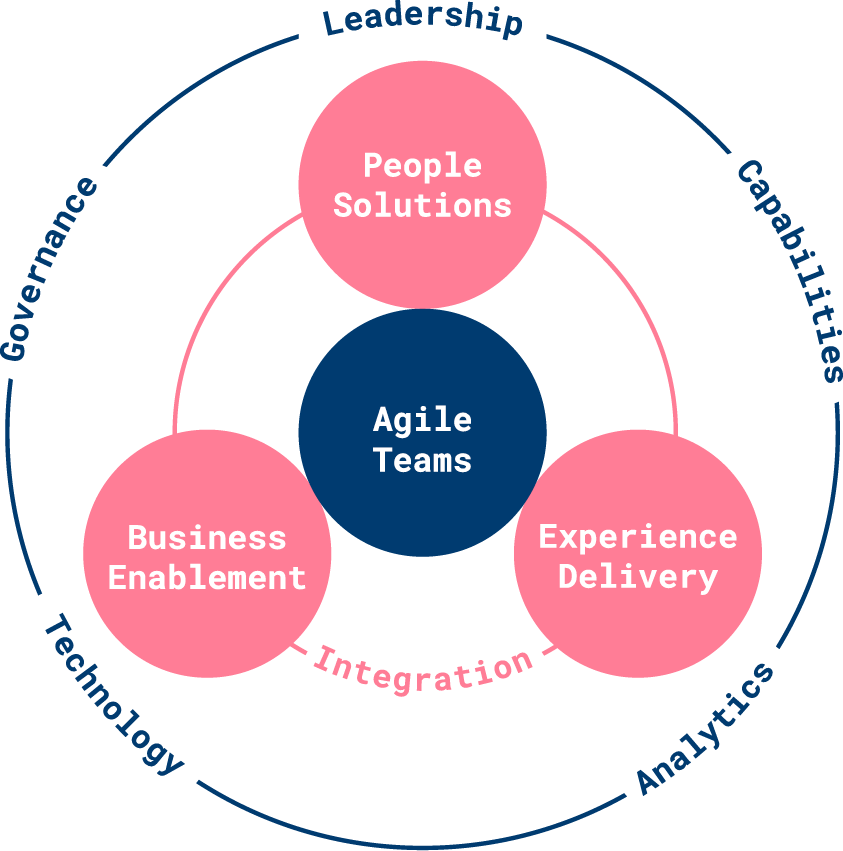
While establishing the right model and level of resources is a critical foundation for any HR function, simply having the right structure is not enough. There are other factors to consider for a holistic approach to be truly effective. As summarized in the image below, we recommend four critical objectives for any transformation effort: having the right people, aligning within the right model, ensuring you are equipped with the right capabilities, and being focused on delivering outside-in value and solutions to internal stakeholders.




Finally, with these critical pieces in place, HR leaders need to keep one more thing in mind—the HR function, like a business, is dynamic and must remain agile in order to grow with the firm and remain in alignment as objectives, priorities, and needs change over time. Leaders should foster a continuous improvement mindset in which they periodically assess and benchmark the function and adjust as necessary to ensure alignment with evolving business and talent strategies.
We would like to thank Michael Martin for contributing his insights to this article.
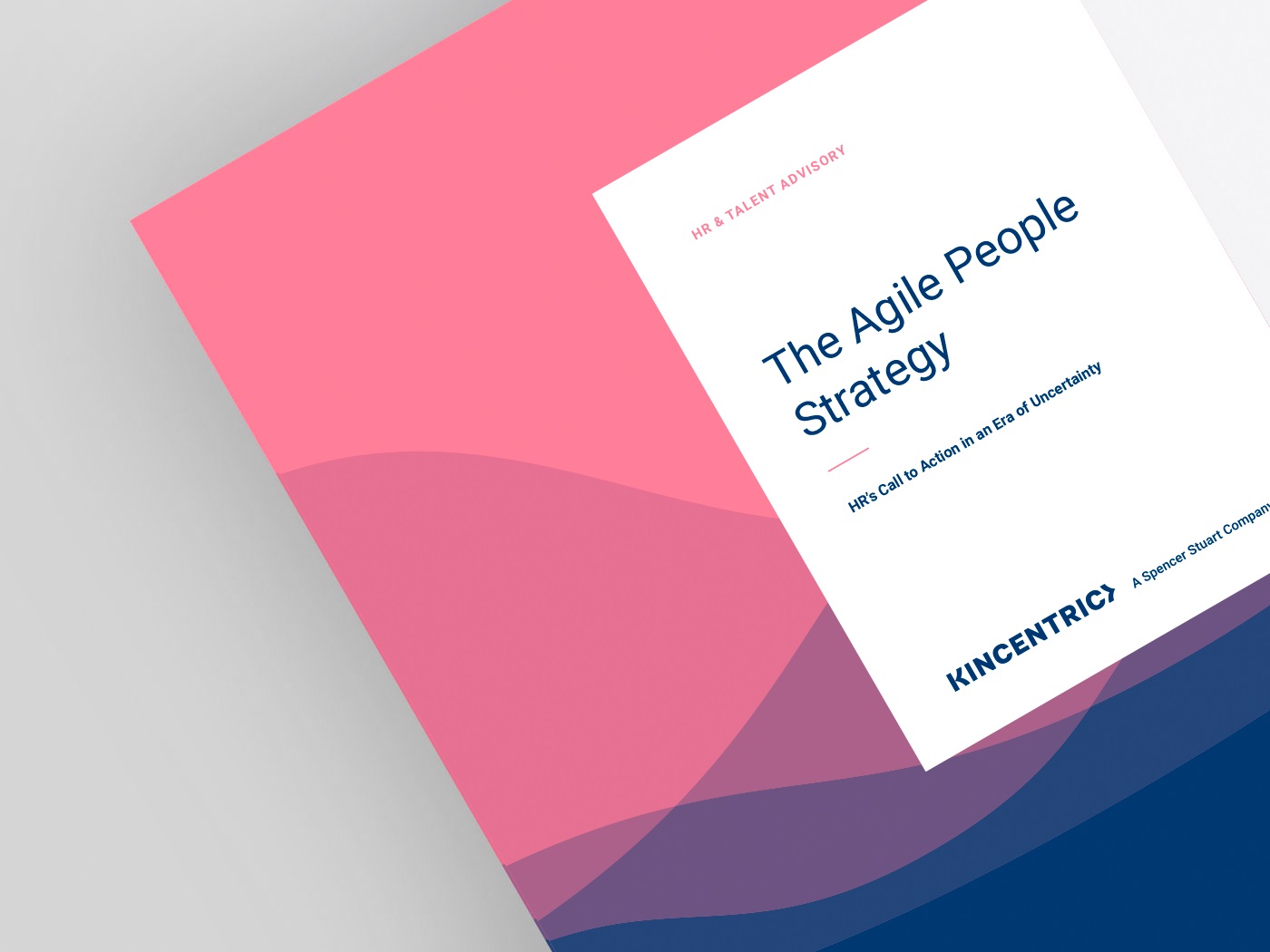
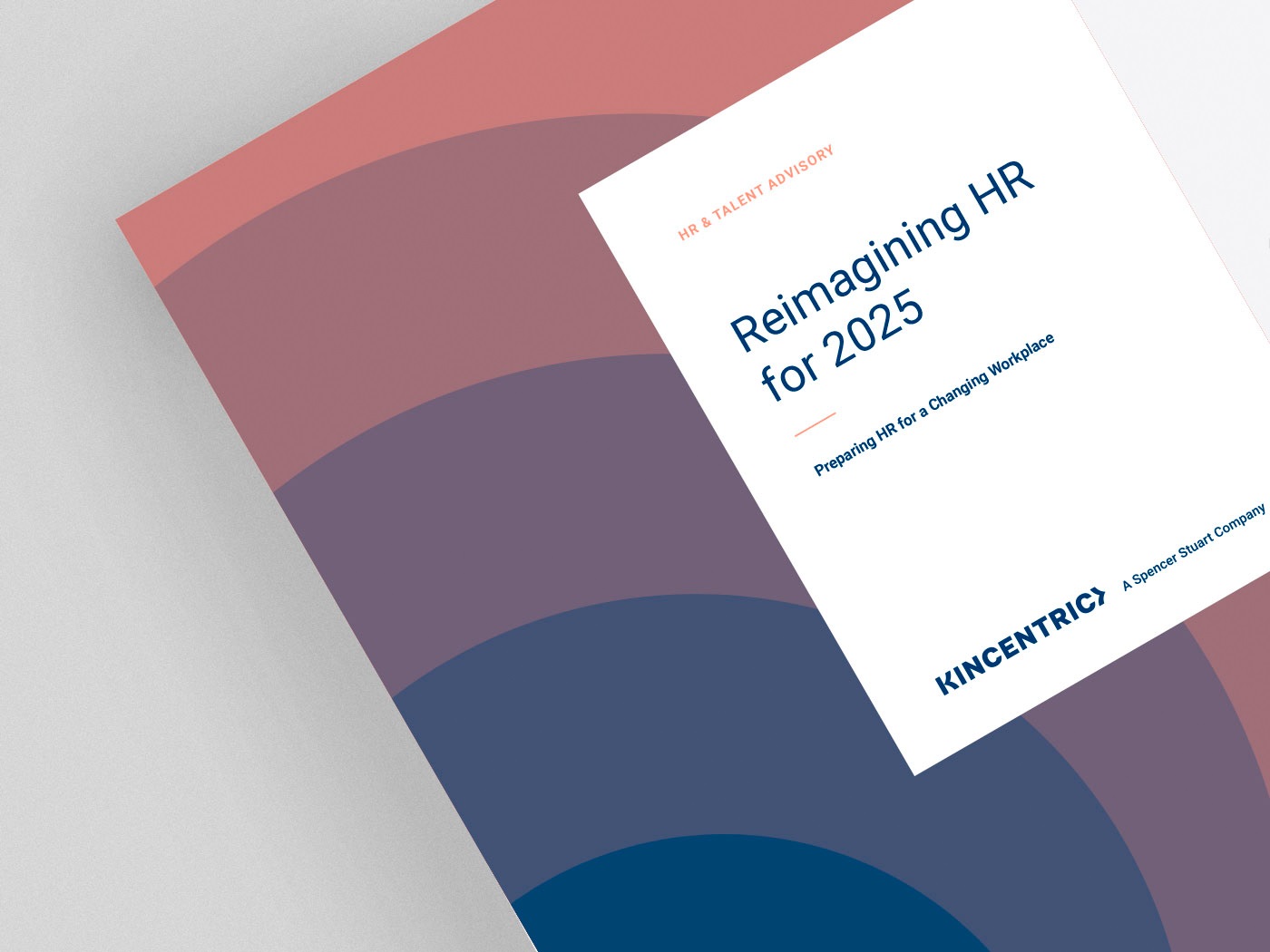
Nearly every aspect of talent management is shifting in new directions with technology leading the charge.
